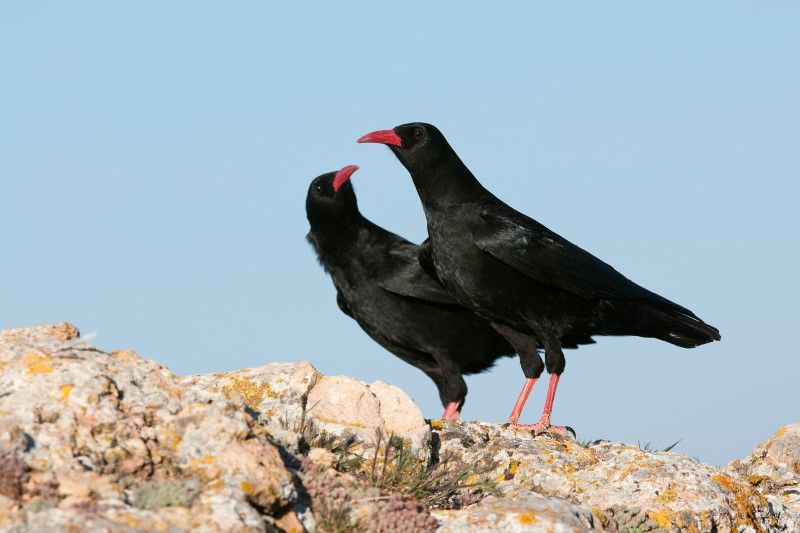Reintroducing red-billed choughs to Kent’s clifftops
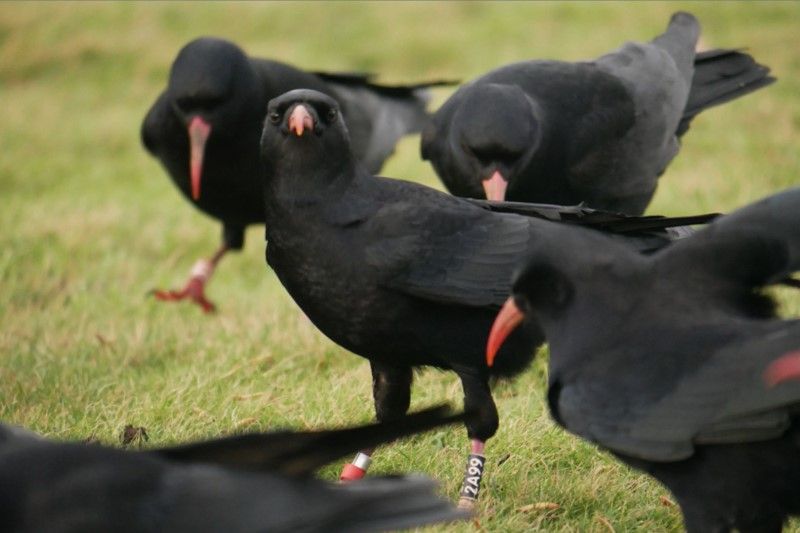
A figure of British culture
Red-billed choughs (pronounced ‘chuff’) are sociable birds, usually seen in flocks displaying their distinctive aerial acrobatics. Being insectivores, they feed mostly on invertebrate prey in agricultural lands and short grassland near the coast. Choughs like to find small caves or crevices in the cliff face in which to breed as they are safer from predators such as foxes.
An elegant member of the crow family, choughs are deeply rooted in British culture, featuring on many coats of arms and pub signs. Despite their cultural links, choughs have been absent from Kent’s wildlife for over 200 years due to habitat loss and historical persecution. There are less than 500 breeding pairs left across the whole of the UK.
Time to bring them back from the brink! The Wildwood Trust and Kent Wildlife Trust have teamed up to reintroduce red-billed choughs to the white cliffs of Dover and restore the biodiversity we once had.
Movement patterns and flight behaviour
To achieve a successful reintroduction, data needs to be collected to find out the bird’s habitat use and how much space they need. That’s where Jess Stevens comes in. Jess, our new intern, has received funding from PTES to follow the birds and gather critical data once they’re released. Jess, who has studied vultures in The Gambia and geese on the Solway coast, will use biotelemetry to investigate the movement patterns and flight behaviour in these young choughs to find out in which habitats they prefer. This will help the team in providing advice for local landowners, to ensure there is enough suitable habitat for the choughs.
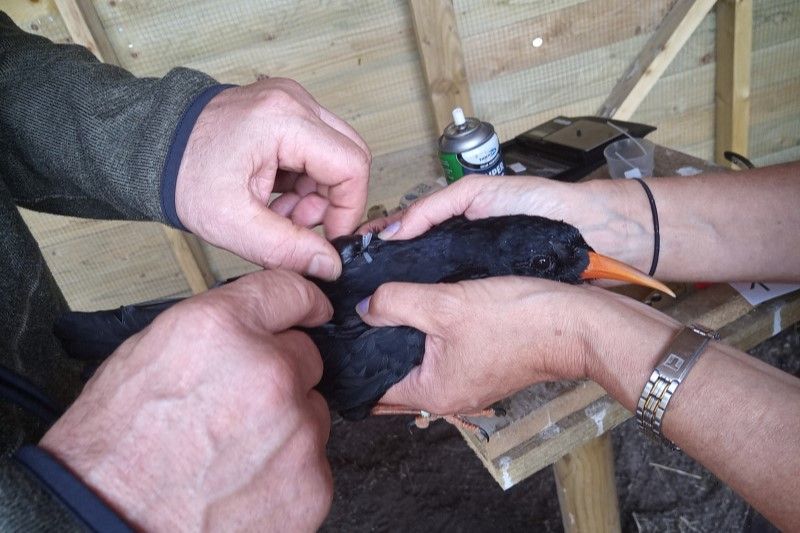
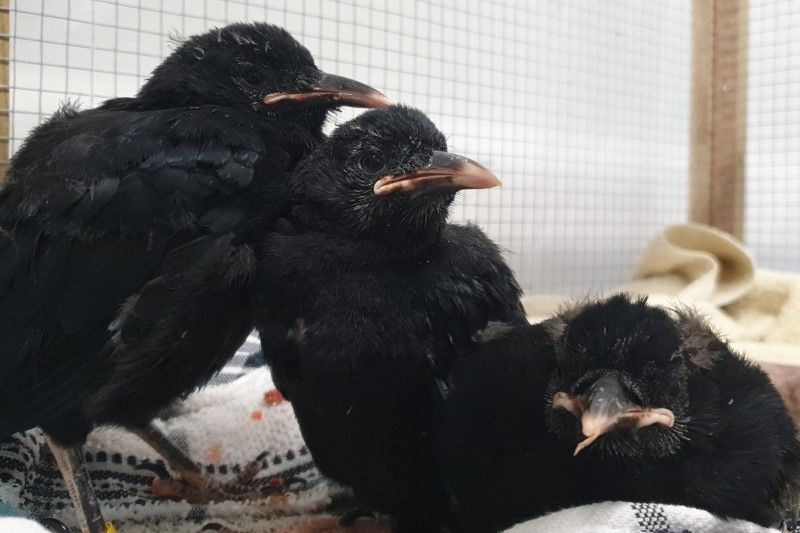
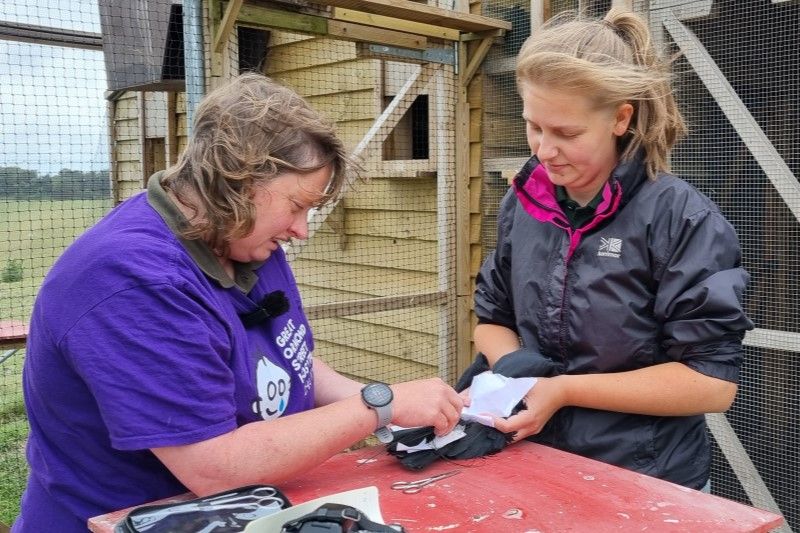
When the choughs are released, Jess will ensure that each bird is fitted with a small tag on their back (like a backpack), which collects the data on where they are going. She’ll use three types of tag: GPS, VHF, and ‘Daily Diary’, each collecting slightly different movement data. When analysed together, they allow Jess and the teams in Kent to gain an in-depth understanding of where the birds go and how they behave. Each chough is fitted with one type of tag that will either drop off naturally, or be removed once enough data has been collected.
Looking to the Future
Jess and the team’s main objective is to establish a free-ranging population of red-billed choughs on the Kent coast, increasing local biodiversity and strengthening the overall UK chough population. With successes in Kent, they hope that more chough reintroductions will follow, taking place along the south coast of England, helping to restore the nation’s native biodiversity.
The biotelemetry data collected will also help us learn more about which tags are the best for understanding bird movement patterns and behaviour. This will help inform many other reintroductions, not only of choughs but other bird species, ensuring we gain the greatest understanding of movement and behaviour with the least disturbance to the birds themselves.
This project is only possible thanks to our generous donors. Can you help by donating today?

